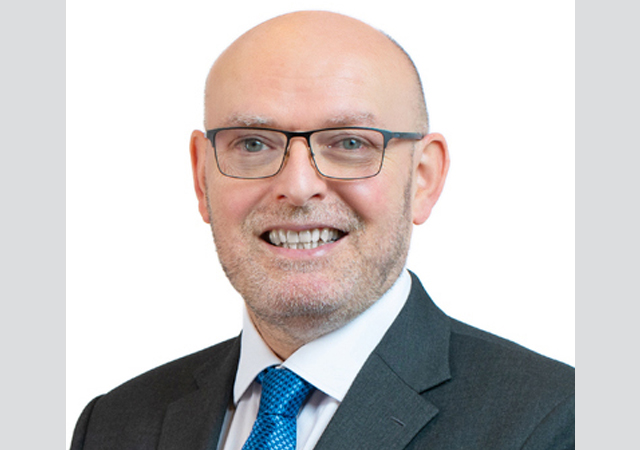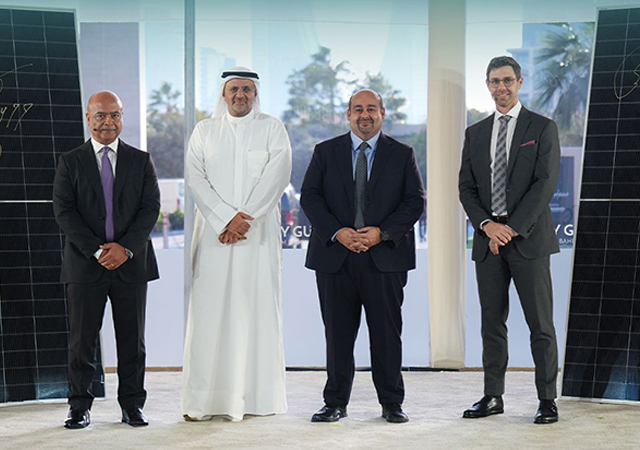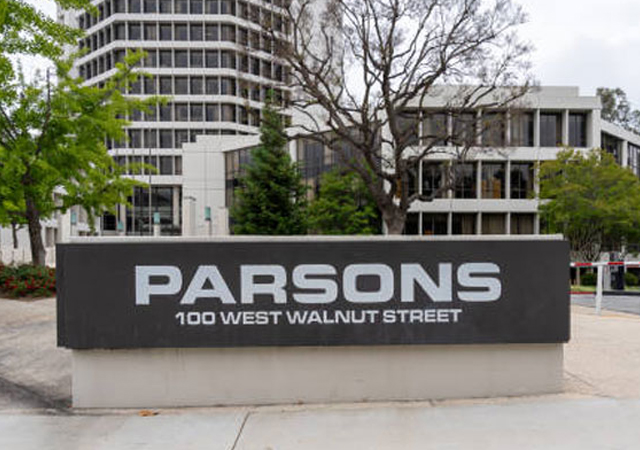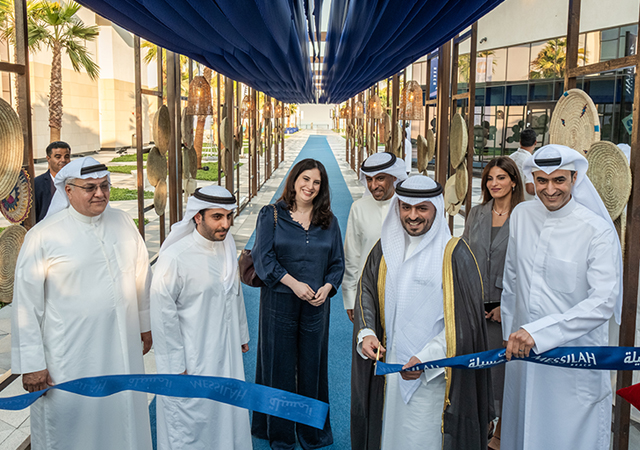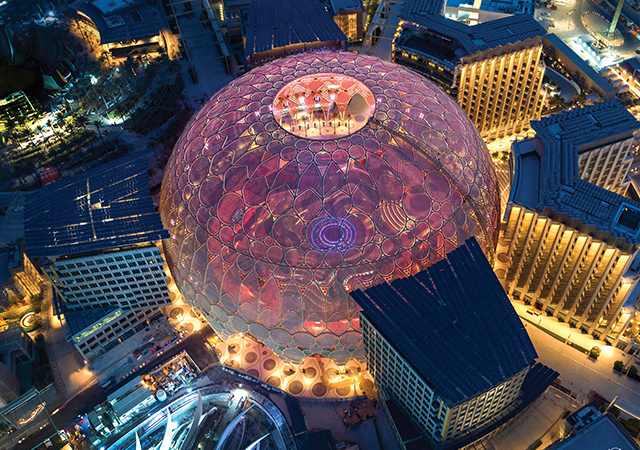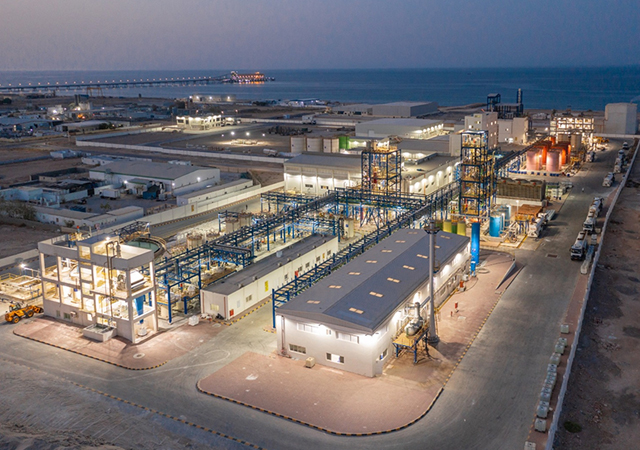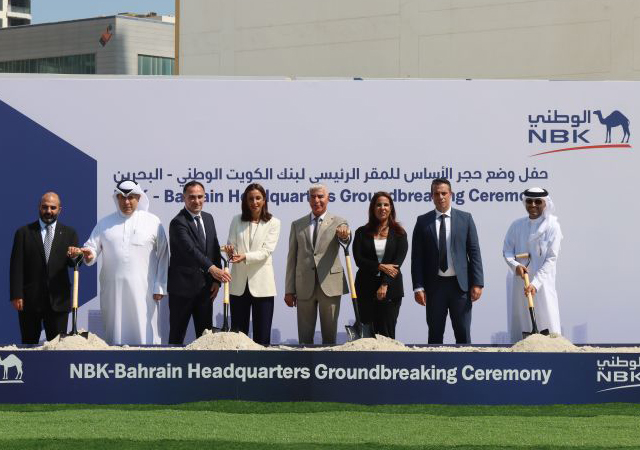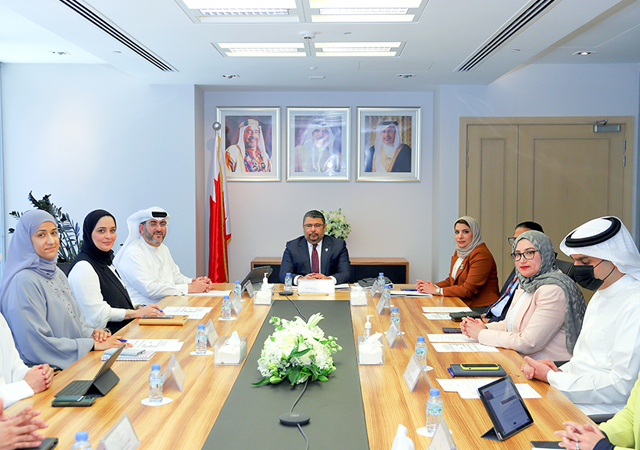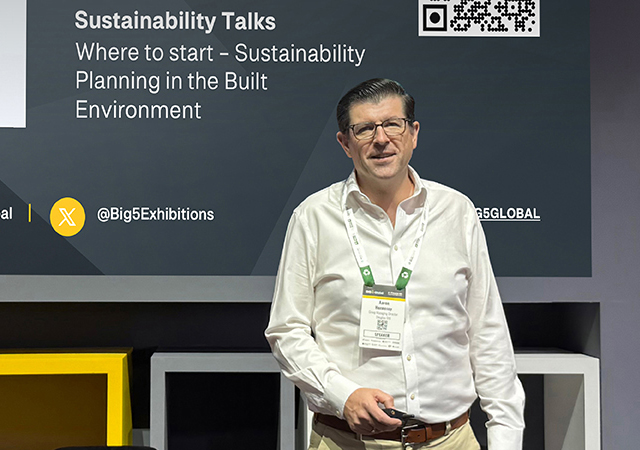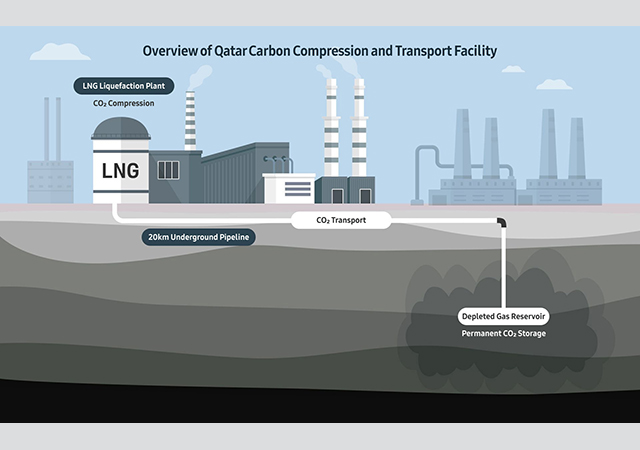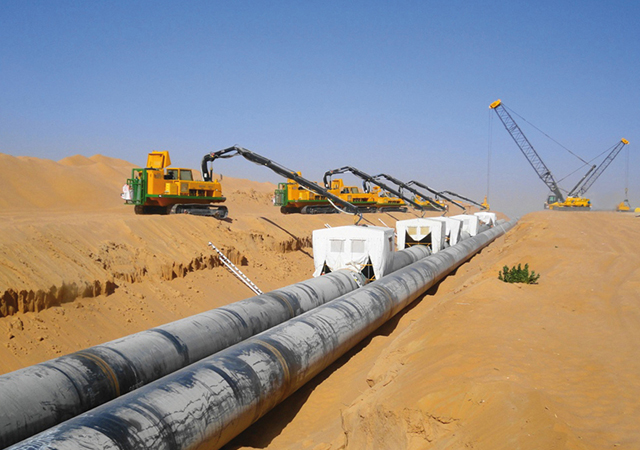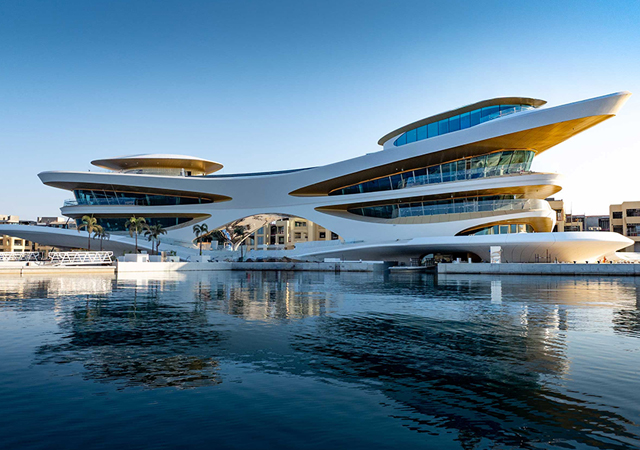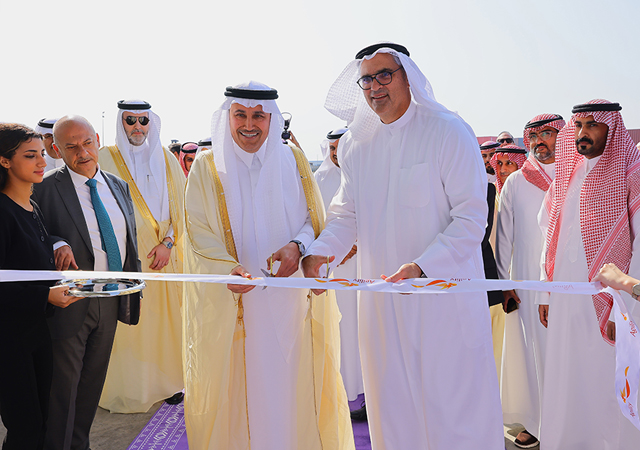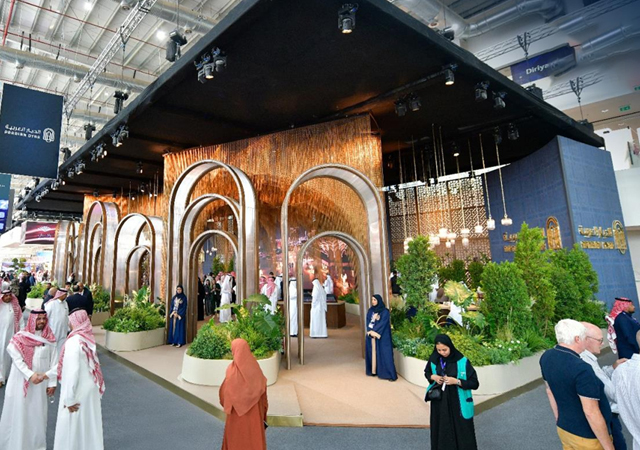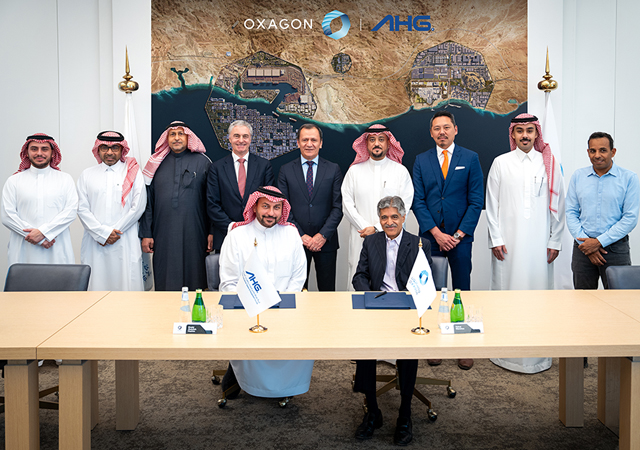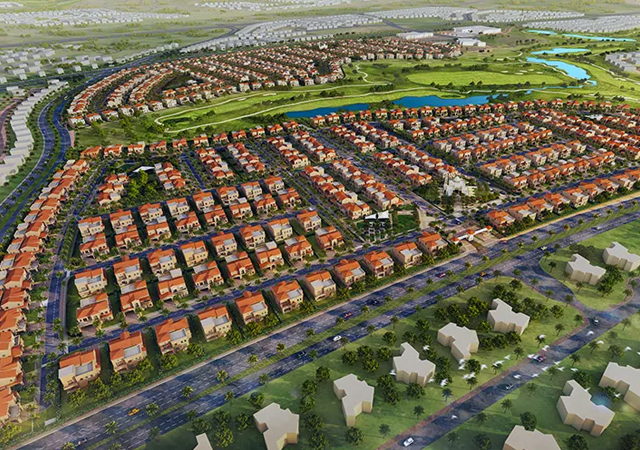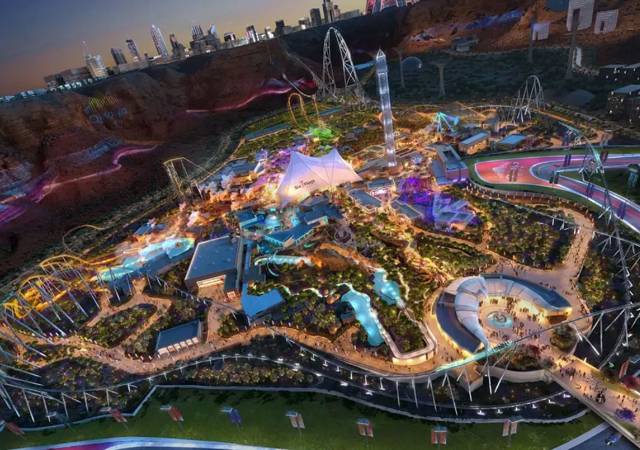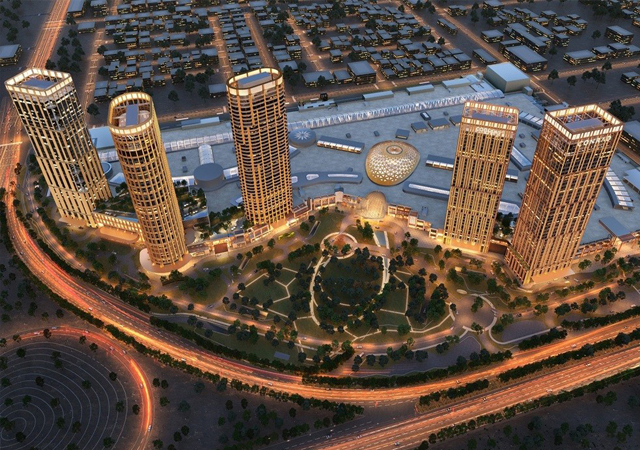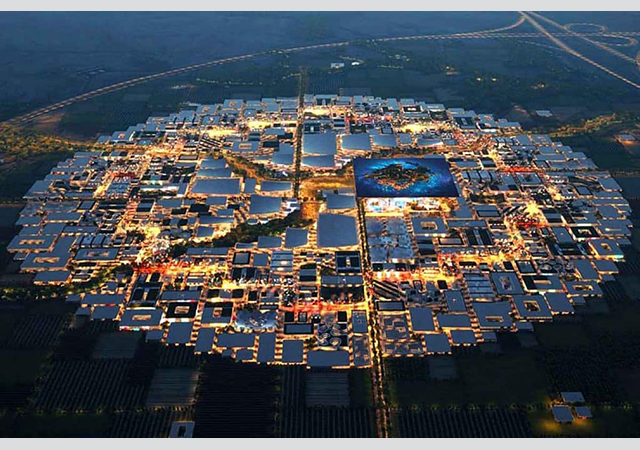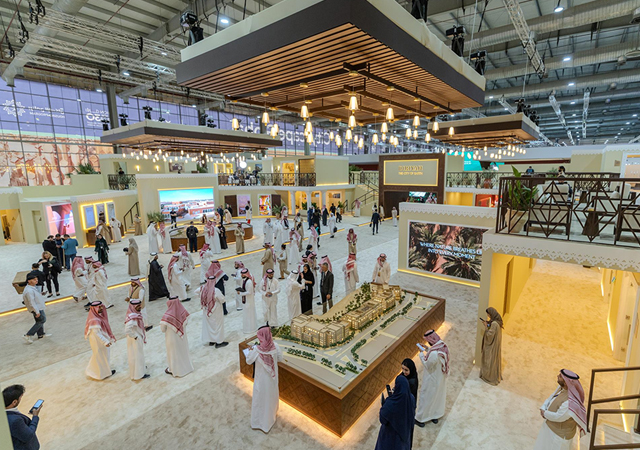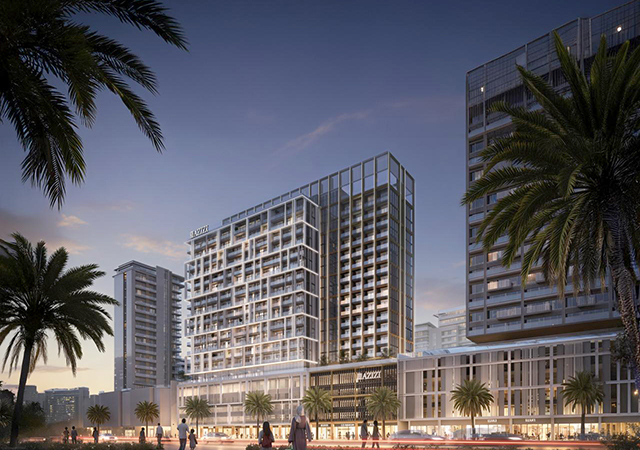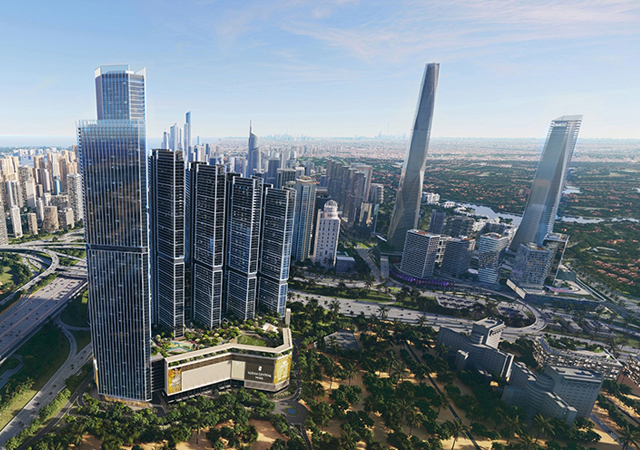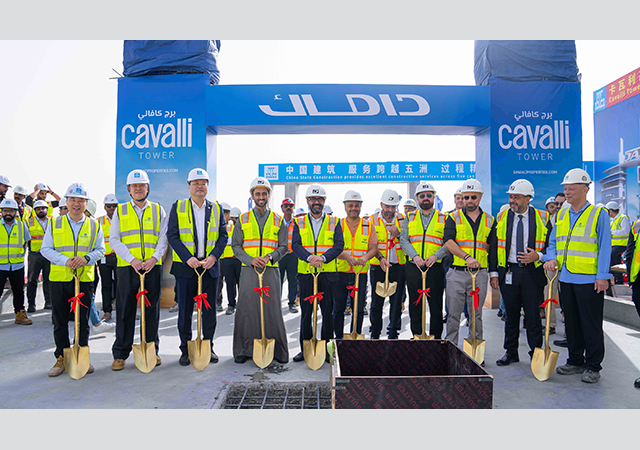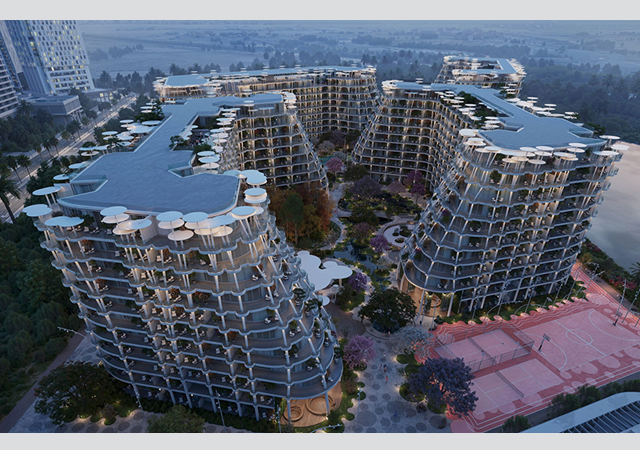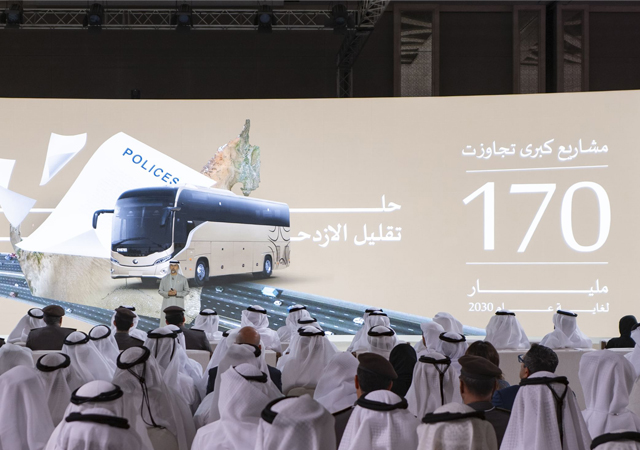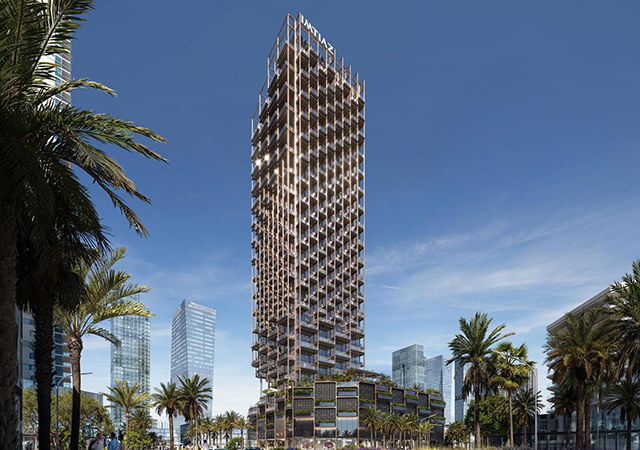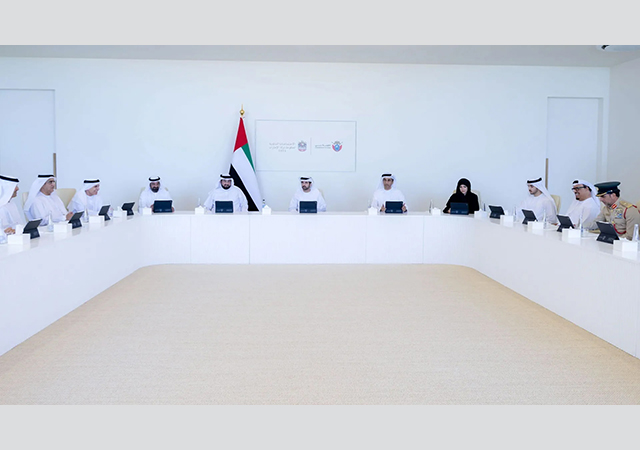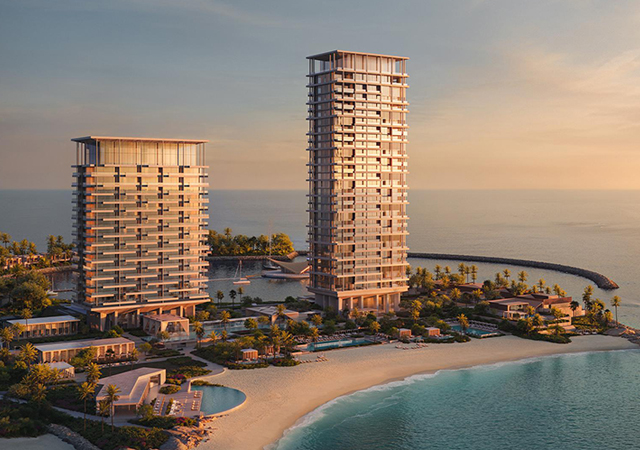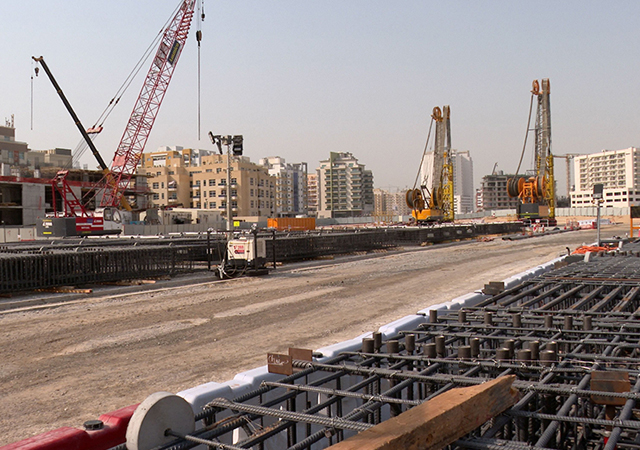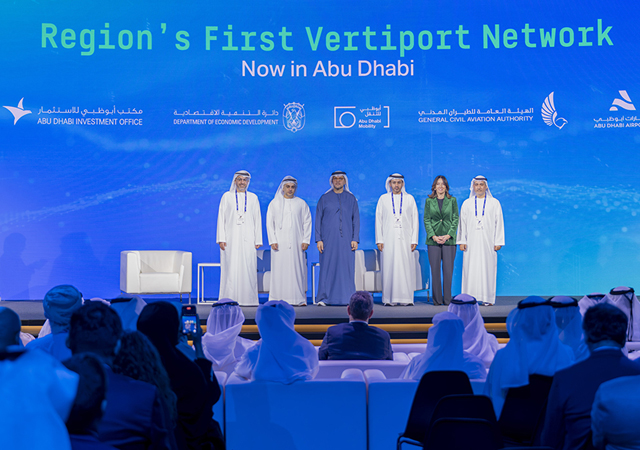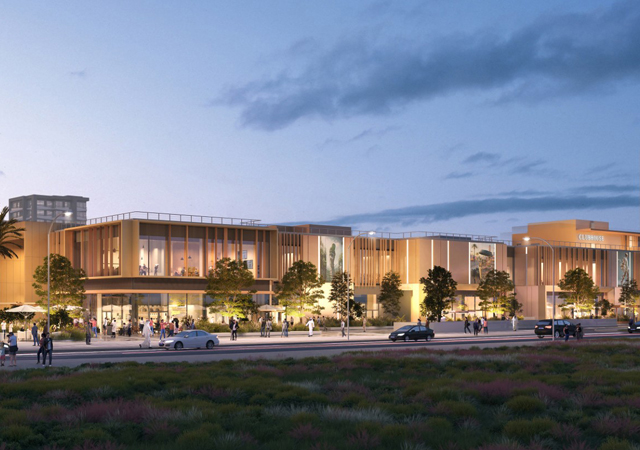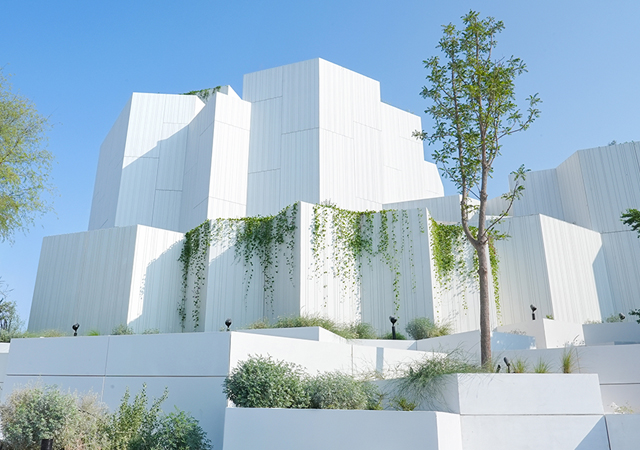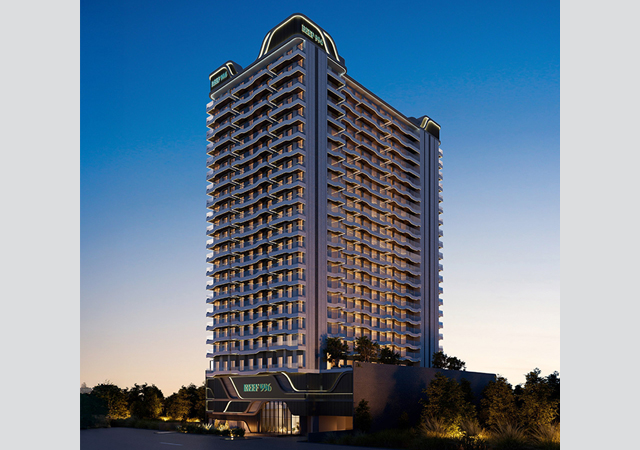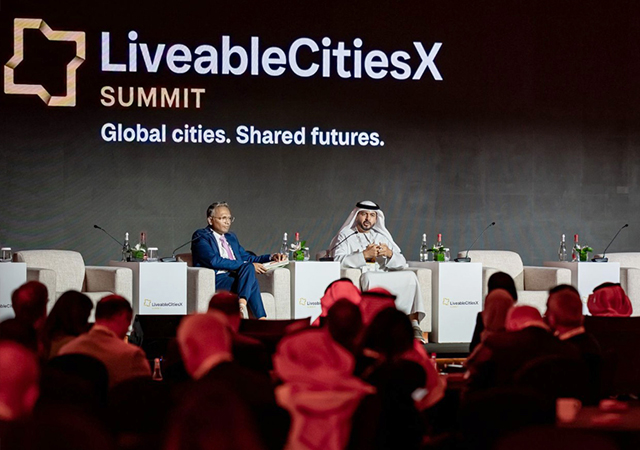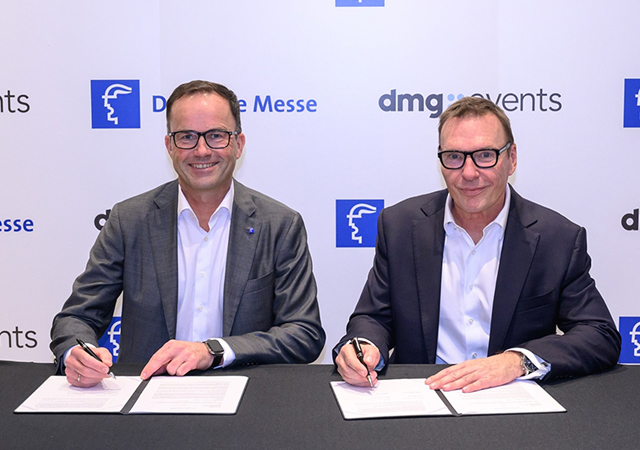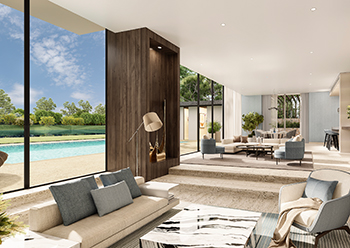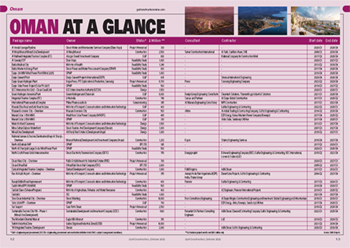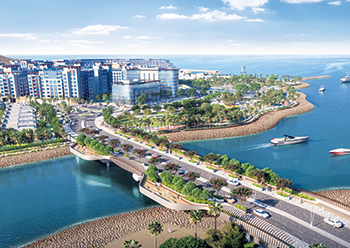
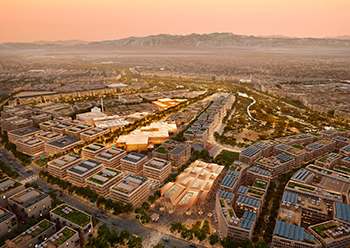 Sultan Haitham City, which will be built on a largely undeveloped site, will include a university, schools, health facilities and mosques.
Sultan Haitham City, which will be built on a largely undeveloped site, will include a university, schools, health facilities and mosques.
In June this year, Oman unveiled plans for Sultan Haitham City, its first smart city, which will offer over 20,000 new homes on a pristine 14.8-sq-km site in Al-Seeb, west of Muscat. Within weeks of its launch, Oman’s Minister of Housing and Urban Planning Khalfan Al Shueili announced that more than 60 per cent of the contracts for the project’s first phase have been approved.
According to media reports, more than 15 agreements worth RO1.2 billion ($3.1 billion) are being signed with developers, banks and investment firms for the first phase of this ambitious development.
The new mixed-use city aims to provide a sustainable future for its residents, future generations and visitors through vibrant public space, high-quality and affordable housing and smart urban mobility.
Sultan Haitham City is the first project within a larger programme that Oman’s Ministry of Housing and Urban Planning is currently undertaking to implement a paradigm shift in the country’s urban development. The project forms part of Oman Vision 2040, the sultanate’s strategic long-term vision.
 |
|
The architecture of the city consists of culturally-sensitive and energy-efficient buildings. |
Designed by the US architecture firm Skidmore, Owings & Merrill (SOM), the new city will offer its estimated 100,000 residents a new characterful and vibrant urban environment while retaining and enhancing the site’s natural features. To be built on a largely undeveloped site, it will include a university, schools, health facilities and mosques.
Work on the project is expected to begin next year for completion in four stages by 2045. The first phase, which will run from 2024 to 2030, involves the development of the city centre and six of the development’s 19 planned neighbourhoods. The second phase will be launched between 2028-35; the third from 2033-40 and the final phase from 2038-45.
The ministry aims to ensure that the new city is inclusive, affordable, safe, compact, accessible, comfortable, robust, efficient, circular, healthy, smart, and lovable; and to do this, SOM says its interdisciplinary team of urban planners and architects carried out an analysis of Muscat’s existing urban development and were extensive engaged with stakeholders and residents.
The architects plan spans different scales and disciplines to establish a new vision of sustainable city-building in Oman, integrating living, working and mobility.
“SOM’s approach to this smart city provides a new model for sustainable development in the region,” says Thomas Behr, Managing Partner for Europe and the Middle East at SOM. “By providing access to a variety of public amenities and inclusive spaces all within walking distance, Sultan Haitham City secures an ambitious and inclusive future for Oman.”
According to Oman’s Ministry of Housing and Urban Planning, Sultan Haitham City is an urban expansion of the capital city of Muscat with a substantial size, a clear aim and a feasible implementation strategy.
 |
|
Each of the 19 neighbourhoods will include a mix of housing types. |
“The new city is not all about quantity, but also about quality. To articulate the direction for Sultan Haitham City, we developed a set of attributes that describe what people should experience as inhabitants or visitors. In many cases, such urban qualities can be experienced rather than seen. In other words, we conceive Sultan Haitham City not only as an artefact to be built or a number of homes to be delivered, but more as a way of living in the urban millennium,” says a spokesman for the ministry.
The architecture of the city consists of culturally-sensitive and energy-efficient buildings of mixed densities and typologies. Every home is near routes designed to accommodate public transportation, new smart forms of mobility as well as walking and cycling along self-shaded paths.
In response to the climatic realities of Oman, including its soaring temperatures, humidity, and vulnerability to flooding, the city transforms an existing 7.5-km-long dry river – a wadi – that runs through the site.
SOM’s Senior Associate Principal Bernhard Rettig, says: “The future of this city is very much connected to its past, where we are balancing passive strategies typically found in local planning and architecture with cutting-edge technologies. For instance, self-shaded streets with natural airflow are amplified with smart infrastructure to monitor environmental factors such as air quality and water management. In this way, the combination of low-tech and high-tech strategies ensures that growth is sustainable and rooted in cultural heritage.”
Harnessing natural water from flooding, the wadi is transformed into a vibrant public green park that includes an interconnected network of open spaces and shaded plazas to encourage outdoor activity. As the heart of the new city, the park also provides direct links to four green pedestrian spines that catalyse the 19 neighbourhoods and provide access for residents to parks, open spaces and amenities all within walking distance.
Each neighbourhood includes a mix of housing types as well as a variety of new public amenities, including a university, schools, health facilities, mosques and a cultural centre. These are designed to accommodate Oman’s growing population and combination of visitors, citizens and expatriates. Twin villas, townhouses, multiplex units and more apartment buildings contribute to the city’s diversity, accommodating residents from different cultures, socio-economic backgrounds, and age groups.
Through renewable energy and solar power, the new city aims to minimise its ecological footprint whilst enhancing the quality of life for its residents. Smart integrated infrastructure, including improved sustainability systems (air quality monitors, smart public lighting and waste management) and smart mobility (advanced traffic management, smart parking, micro-mobility stations and EV charging) are designed to enable better long-term management of resources and reduce waste and inefficiencies. A mass transit system connecting the city with other parts of Muscat is currently in development by the sultanate’s Ministry of Transport, Communications and Information Technology.
Led by SOM (master planning and architecture), the wider project team includes Meinhardt Group (engineering), MT Planners (landscaping) and EIDC Oman.
AGREEMENTS
According to media reports, the Ministry of Housing and Urban Planning has signed a number of development and partnership agreements for the first phase of Sultan Haitham City. These accords were inked with leading Omani banks as well as local and regional developers and investment institutions.
Among the deals, Al Abrar Real Estate will develop neighbourhood No 10 and Aryan Real Estate Company will develop neighbourhoods Nine and Six. Agreements were also reached to build a grand mosque and other five public centres, the 500-bed National Centre for Women and Children’s Health, a rehabilitation complex, and an advanced technical college.



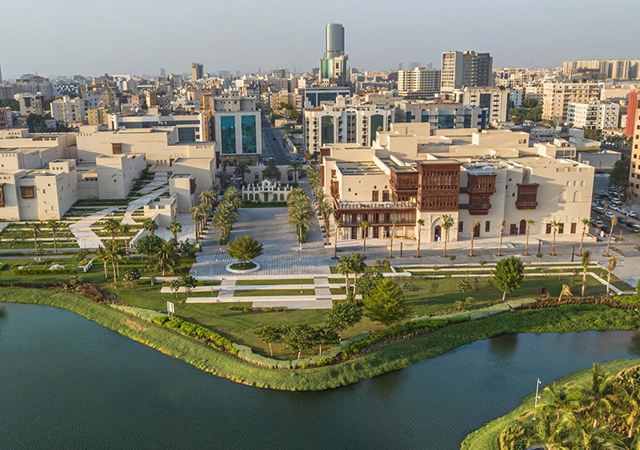
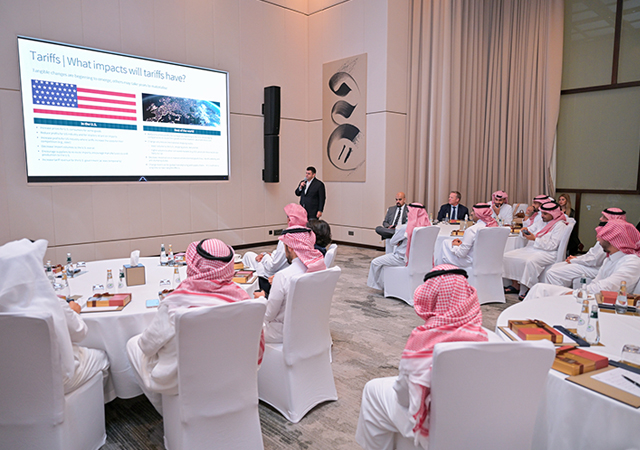
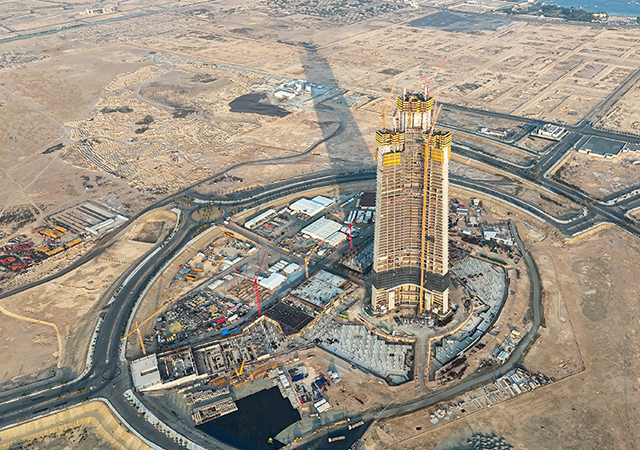
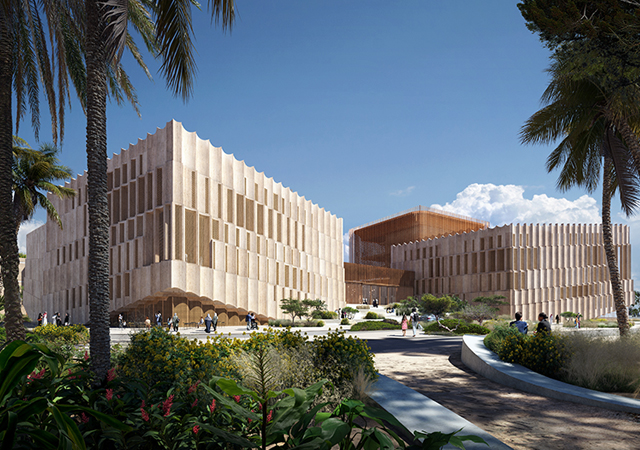
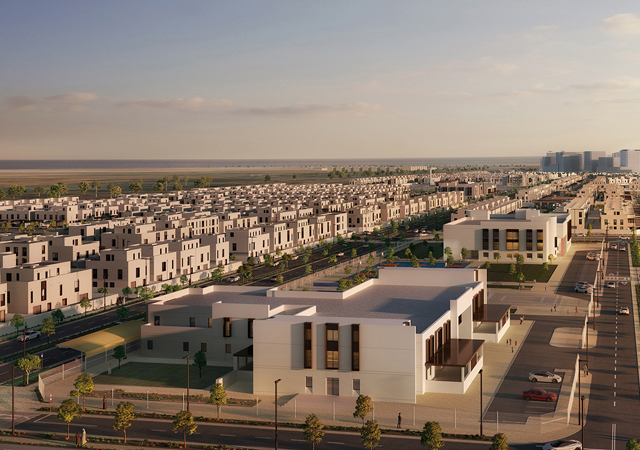
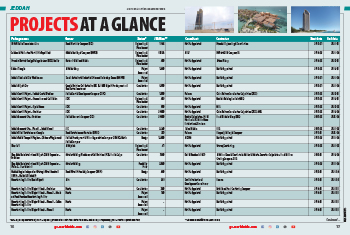
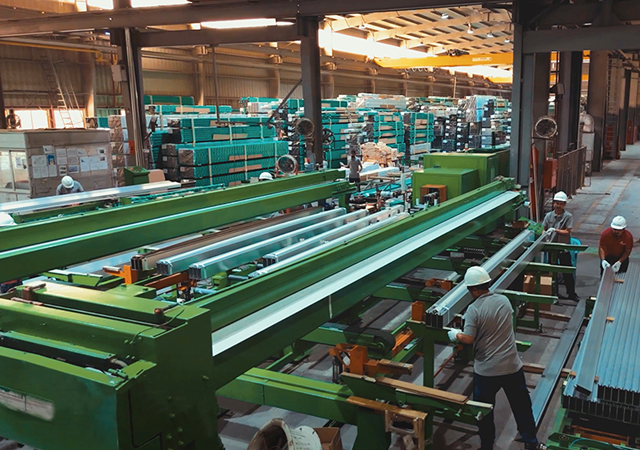


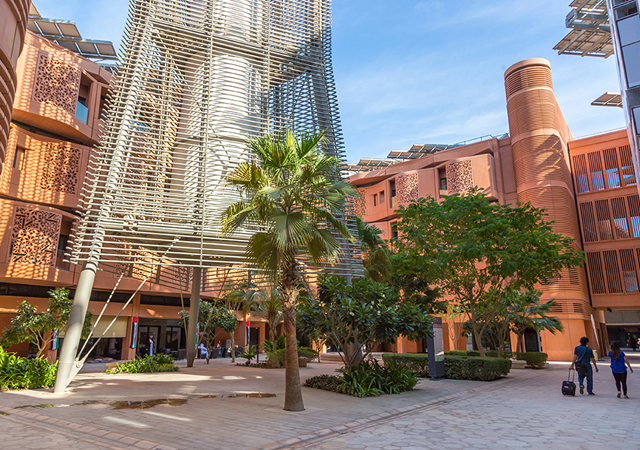
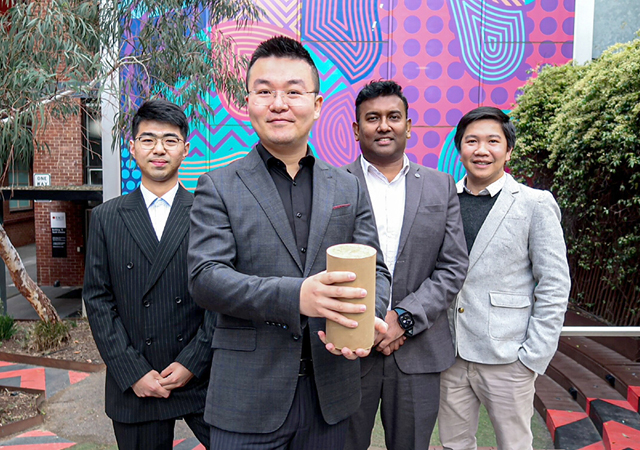
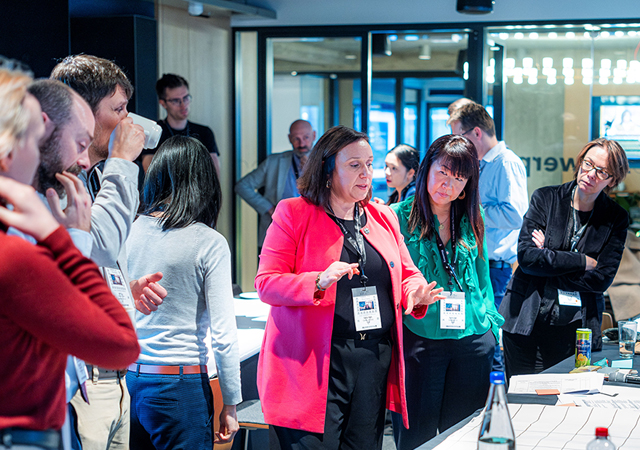

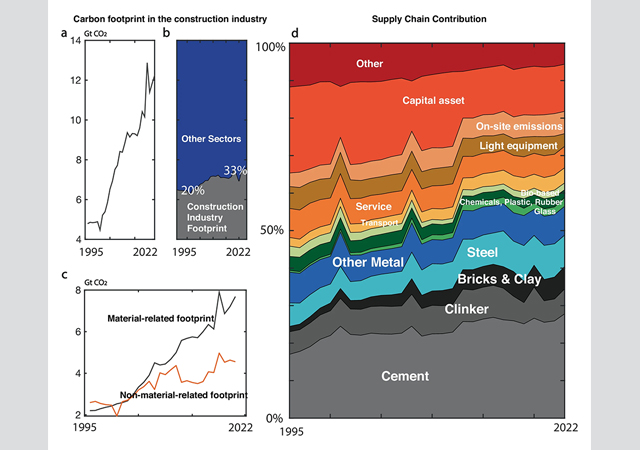
.jpg)
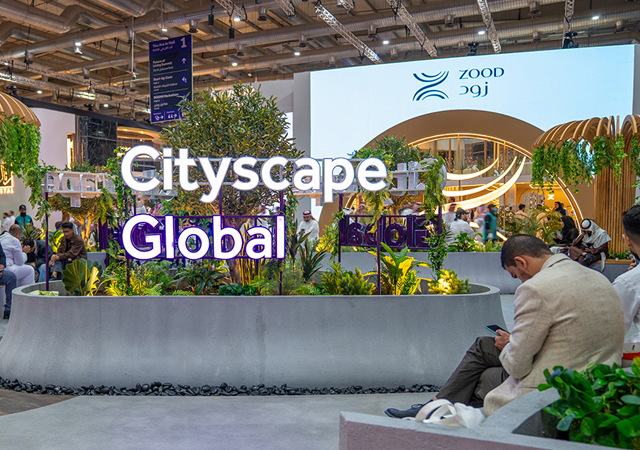
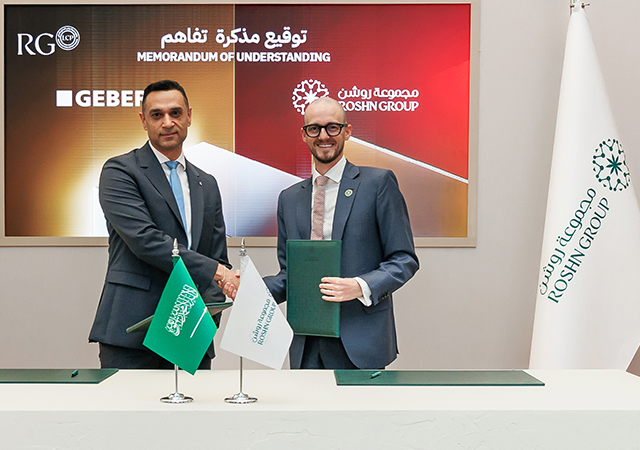
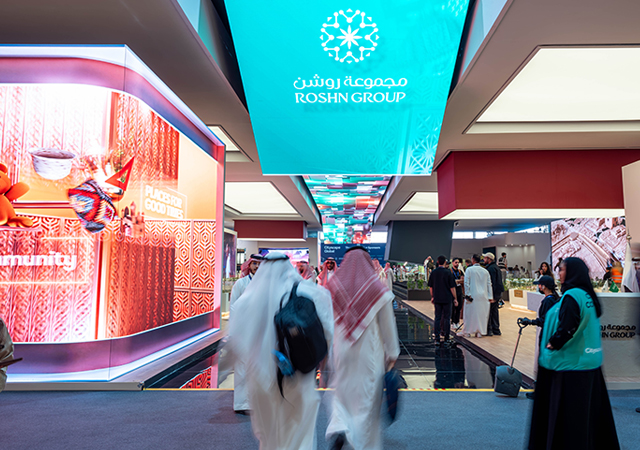
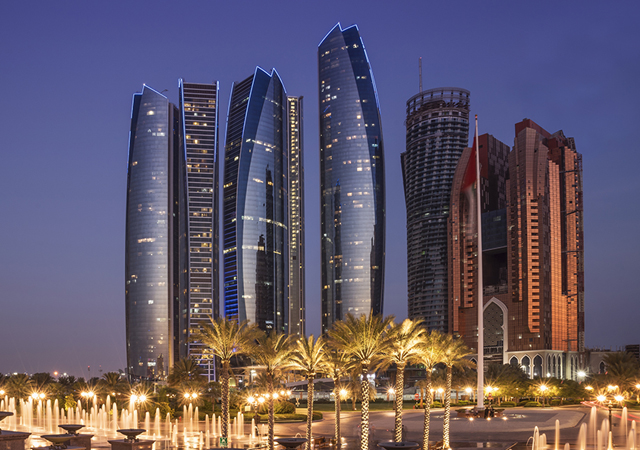
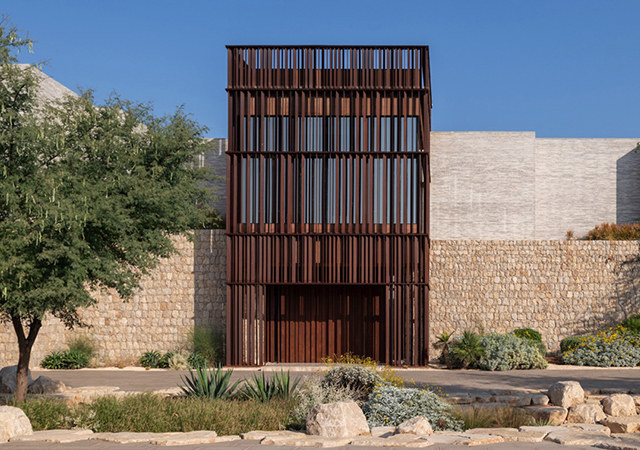
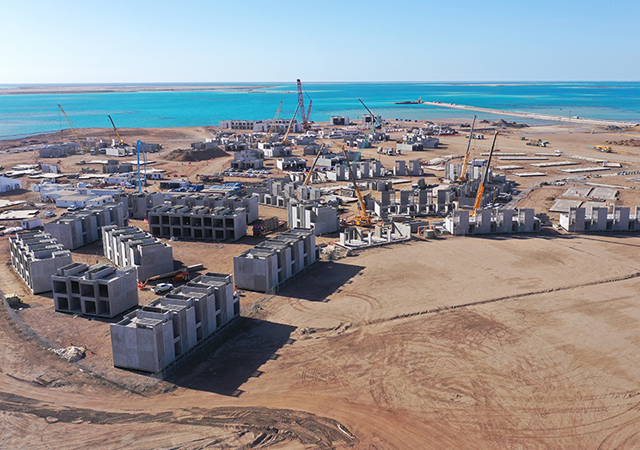
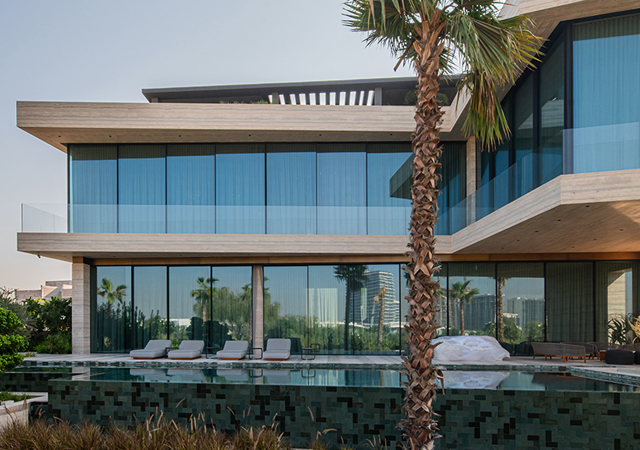






 (1).jpg)
